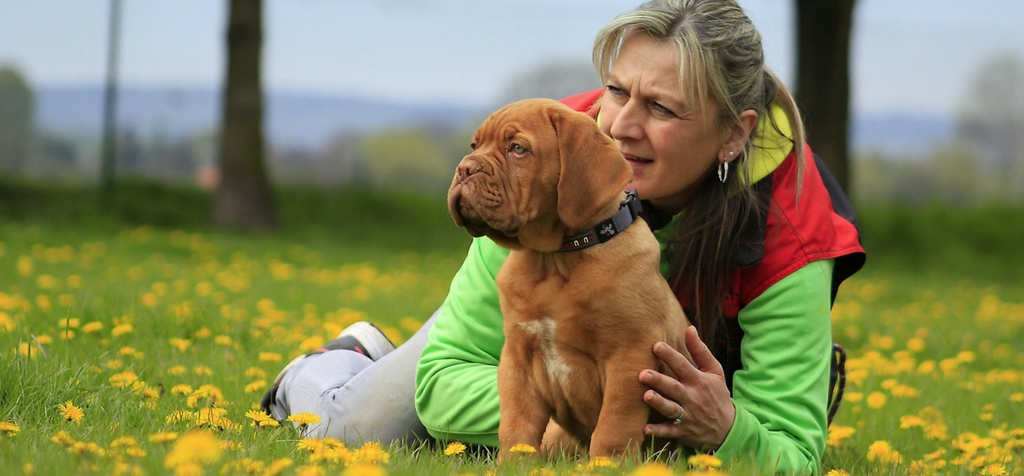Your dog and you share a same language
By Lawlinguists In communication, FactsDogs have interacted with humans for thousands of years and in that time, people have learned that dogs have a special way of communicating with them that are unique to dogs. In recent years, there are an increasing number of studies examining the way dogs think and how they communicate and interact with humans.
Some recent studies are now providing empirical evidence to support these sorts of owner anecdotes. Dogs really do seem to be especially skilled at picking up on what people are feeling; one study published earlier this year even suggests that dogs can recognize a person’s emotions by looking at his or her facial expressions. And, really, why shouldn’t they be able to do so? Humans and dogs have co-evolved over many thousands of years (some theorize that the human-canine bond began 16,000 years ago; others say it’s more like 30,000). It makes sense that during that time, we’d have established some form of cross-species communication. As the studies are piling up, it seems like a huge piece of that common language are our expressions — that is, our ability to read the emotions written on each others’ faces.
How skilled are people at reading the faces of dogs?
Dogs, at least, are uncommonly skilled at reading people’s faces. But how skilled are people at reading the faces of dogs? In recent years, a handful of researchers have begun an attempt to increase human understanding of that shared language, by improving the accuracy with which people read dogs’ facial expressions. You may have heard of the Facial Action Coding System, a project that began in earnest in the late 1970s to taxonomize all the expressions a human face can make. This is like that, only for dogs. “The literature so far is about dogs understanding human expressions,” Juliane Kaminski of the University of Portsmouth told Science of Us. “We’re sort of turning that around.”
Research in DogFACS only began a few years ago, but scientists have so far identified 11 action units (AUs) — that is, movements of facial muscles involved in expressions. They’ve also noted five Ear Action Descriptors (EADs), because ear movements are also an important part of dogs’ facial expressions. So that’s 16 independent facial and ear movements, which sometimes appear solo and sometimes combine to form distinct facial expressions. The point of FACS in dogs and humans (and apes and cats and horses, for that matter, all of which have their own FACS) is to have an objective way to describe what a face is doing, something that becomes incredibly important when studying animals to avoid unfounded anthropomorphism.
“We have the same problem as studies of human faces — we tend to interpret, but not describe,” Kaminski said. People say that dogs look sad, or happy, or guilty — but how many of these assessments come from a human point of view, instead of the dogs? To get around that problem, “you need an objective tool, which we now have,” Kaminski said. The next step: to use DogFACS to catalogue canine facial expressions in a variety of different contexts. “As soon as we see there are certain facial movements that we always see in certain contexts, then we can say things like, ‘It’s probably because they’re scared.’ But the problem starts when we follow our own preferences in describing dog behavior.”




No Comments